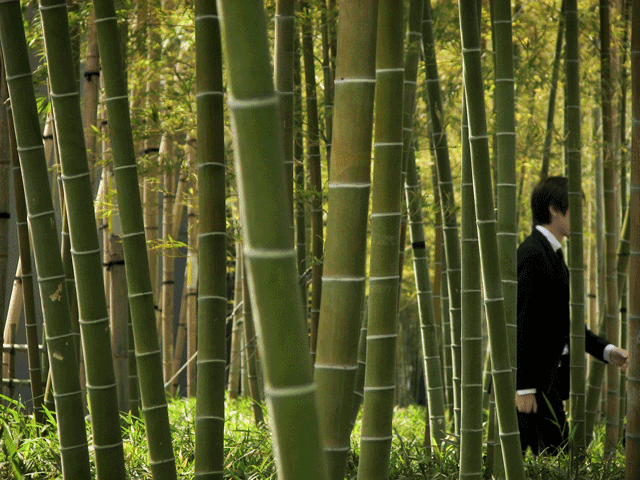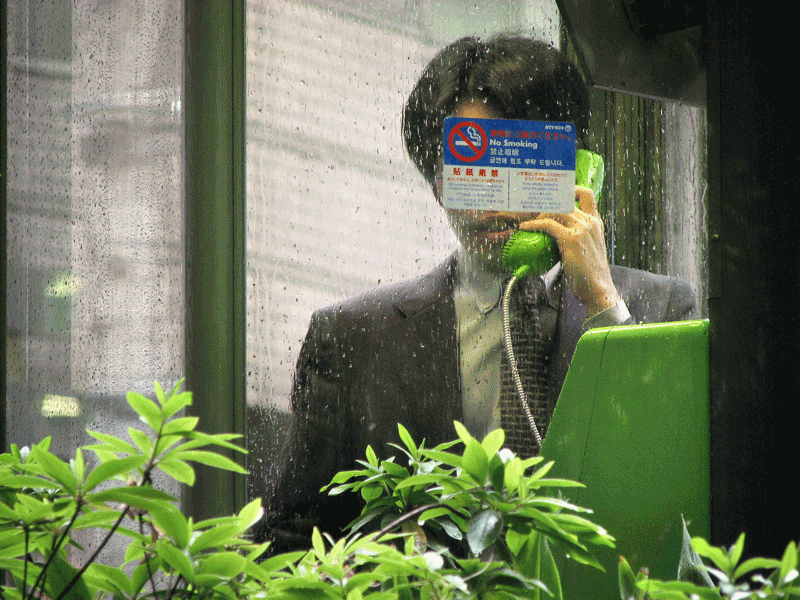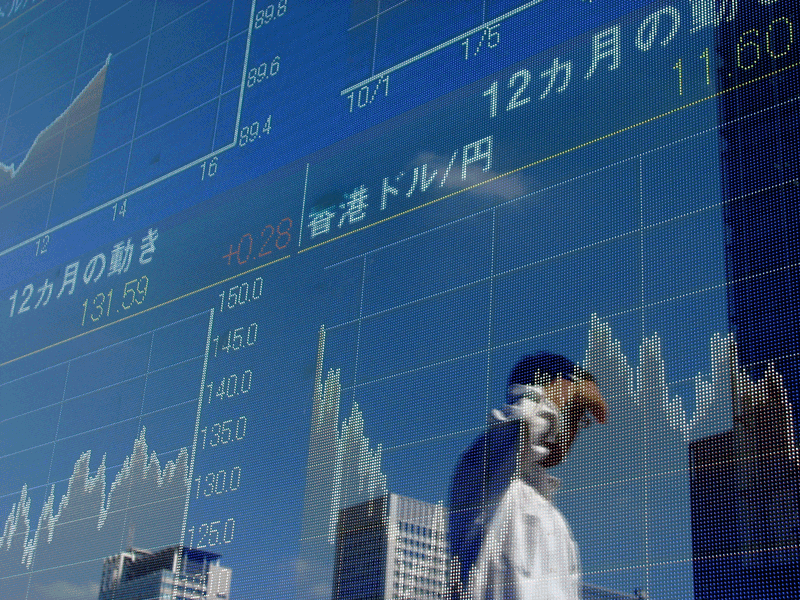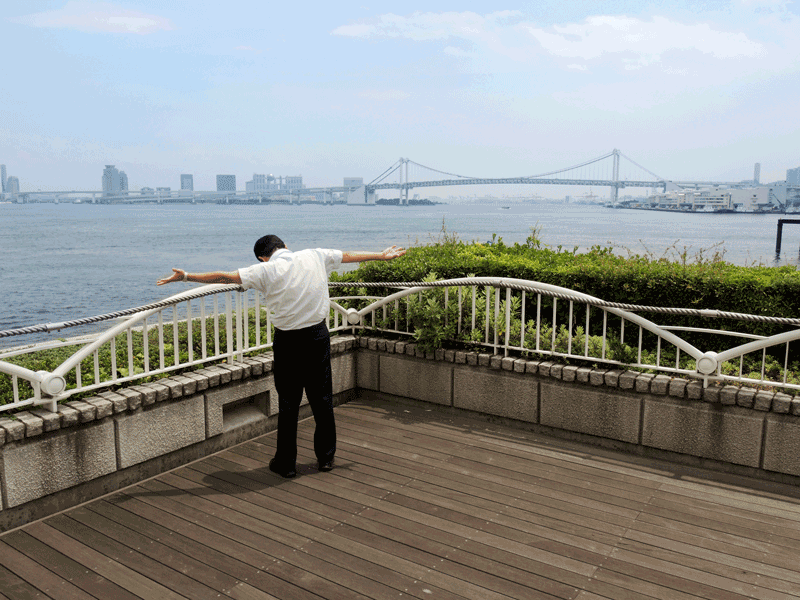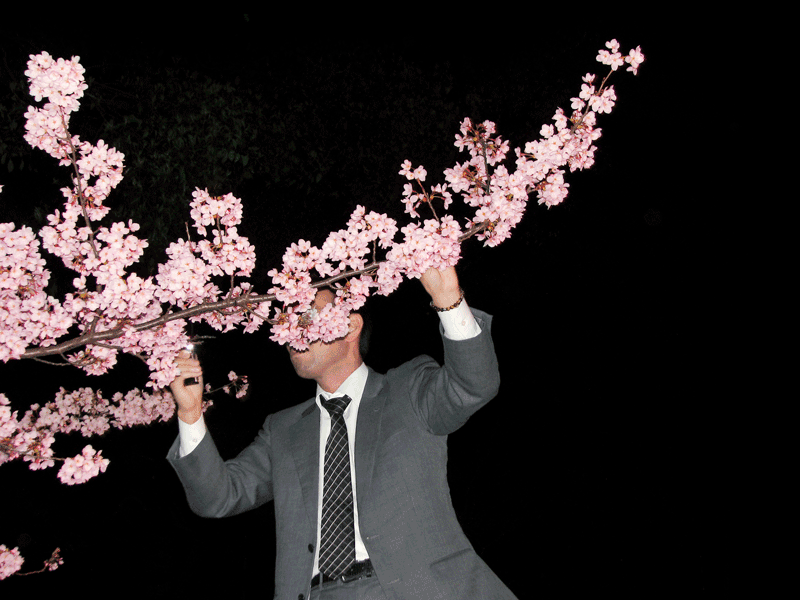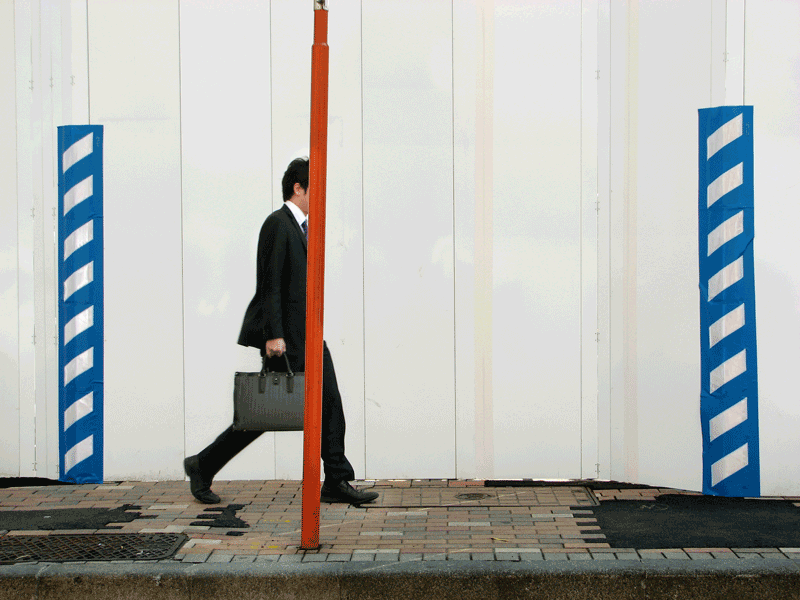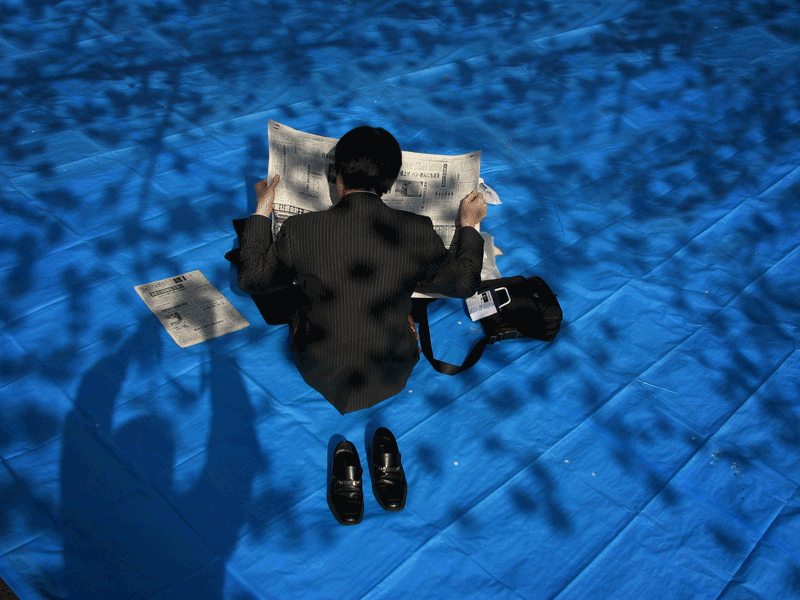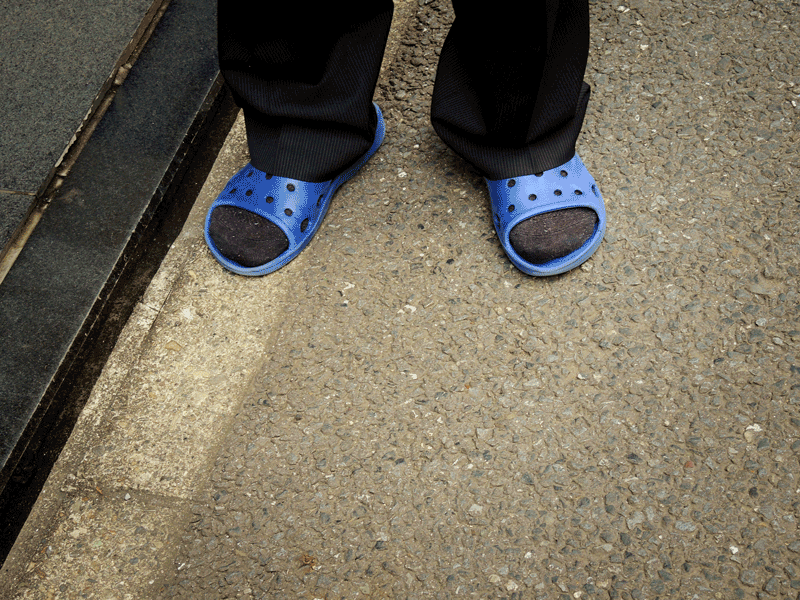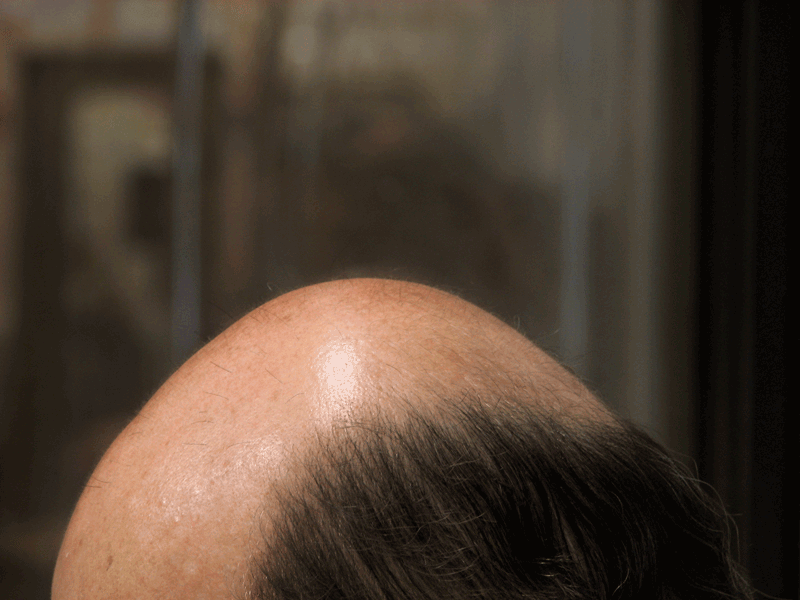With the beginning of spring and a new financial year in Tokyo, a fresh group of male university graduates will trade in their jeans and sneakers for the uniform of the Japanese salaryman: a dark suit and tie, worn day after day. The dress code may lighten up slightly in the warmest months, but even without the tie, the formality remains. The kimono-clad geisha may be the romantic image of Japan, but the black or grey-clad salaryman is one of the real symbols of the country: slightly anachronistic, not given to expressing strong emotions in public life, but prone to revealing their feelings with actions that take a fair amount of training to actually notice.
It does take a close observer to catch these moments, and Bruno Quinquet is one of them. The head of the tongue-in-cheekily named Bureau D’Etudes Japonaises (Bureau of Japanese Studies), Quinquet’s most well-known work is the “Salaryman Project,” a collection of photographs that capture these sometimes mocked, oft-misunderstood workers in scenes that evoke humor, loneliness, and the passing seasons of an urban sprawl. They are also images of startlingly brilliant composition, employing odd angles, clever reflections, and adhering to a rule that you wouldn’t expect to be obeyed in street photography: you never see the full face of his subjects.
Despite the visual sophistication of his images, Quinquet is a relative newcomer behind the lens. Following a career of nearly 20 years as a recording engineer in Paris, he moved to the country in 2005 to live with his Japanese boyfriend, and didn’t have a strong idea about what the future would hold. After a frustrating stint studying at a language school, he found himself a year later facing a rapidly expiring visa and the prospects of an unceremoniously quick return home. Yet several years later, he had graduated from an arts school with a specialty in photography and significant, if quirky, body of work behind him. He had also caught the attention of the photography world. He published a series of three photobooks (appropriately enough in the form of the workaday business schedule), he has exhibited overseas, and has been profiled in Thames & Hudson’s anthology, “Street Photography Now.” Even the Harvard Business Review—admittedly not a publication where you’d be expecting to find street photography—has chosen him as a spotlight artist for their April issue.
We caught up with Quinquet to learn a bit more about his inspiration to venture into photography, the art of taking people’s pictures when you are uncomfortably shy, and the occasional desperation of shooting in the street.
What inspired you to take up photography in the first place, and what drew you to the salaryman as a subject?
After dropping out of language school, I was faced with the possibility of having to leave Japan and move back to France once my visa ran out. So I was thinking to myself, ‘maybe I should buy a camera; this is Japan, after all.’ I thought to buy a full-frame digital camera, but for a couple of reasons I went with a smaller point-and-shoot. It was with this camera that I had this moment of illumination in the forest around Kawaguchiko, where I had gone to visit with my nephew. We were on a trail in the forests, and came across a salaryman in a black suit, just hiking up the hill. (Maybe he was on his lunch break?) At the time, we had a laugh, and I got this one photo that I didn’t think was so special, but it put me on the track towards something—a story to be told, or something to be studied.
Street photography is a genre that often demands a willingness to get in people’s faces. But in your pictures, subjects’ faces are usually hidden, and one of the strongest feelings that comes across is of your own bashfulness…
Oh, definitely! I suppose I decided to use that in my photography instead of shying away from it. If I were 20, I might have tried to overcome my shyness with a more aggressive, street photography-like approach. But I was at an age where self-acceptance was more important and this aspect of my personality became part of the work. As for maintaining the anonymity of my subjects: that was something I realized was crucial within the first month. Coming from France where portrait rights have nearly put an end to the tradition of snapshot photography, I wanted to build a body of work that would escape legal hazard in a creative and humorous way.
How does this feeling of shyness affect how you compose and shoot your images?
When I monitor the scene before me on the small screen of a digital camera, I’m looking at reality from a slightly different angle and distance—it’s already a picture—whereas looking through a viewfinder feels like looking at reality itself. The distance of the camera screen helps me to get into the picture and forget my fears. In return, this lets other sides of my personality—introspection and contemplation, for example—come into action. The pictures that I choose to publicize are the ones that give the impression of a calm, quiet and invisible observer, gently trying but failing to really get into people’s privacy.
You have been working on the “Salaryman Project” for a few years now. How have your photographs changed over that time?
At the beginning, I had this very 20th century modernist idea that there always needed to be a strong geometric composition or clear visual lines in order to make a good photo. But sometimes I happened to take interesting photos that didn’t have these features and I liked them all the more because they had escaped my rational understanding. To get more of those I had to look more closely at things, let go of my preconceptions, take a lot of pictures, and keep looking at the results in a trial-and-error process. Sometimes I catch a good picture not knowing that I did because it’s the photo that will talk to me, not what was originally there. And sometimes when I think that I did, well, in the end, I didn’t. There’s a little bit of desperation behind it all. Because the photos end up in the spreads of a business agenda, what didn’t change is the simplicity of composition that keeps the design clean and simple.
What about your subjects? Do you see the salarymen from a different perspective now?
When I started doing this project, the salarymen were the most remote people from me: I was still some kind of tourist; I had never worked in an office. I knew that they were part of the scenery in Japan, but I could still pretend to see them as exotic creatures. Over time I realized that if I were Japanese, chances are that I would work at a company and be a salaryman myself. The distance has changed, but I don’t know if it shows in my work! (laughs)
Are you still out shooting? Can we expect another set of salaryman photos to come?
Actually, I think that I’ve finished with the Salaryman Project. But I’m always out taking pictures, and recently an unexpected new project has unfolded for me in the shitamachi (downtown) neighborhood where I live. It may not be as long-lived as the salaryman work, but it has my full attention.

